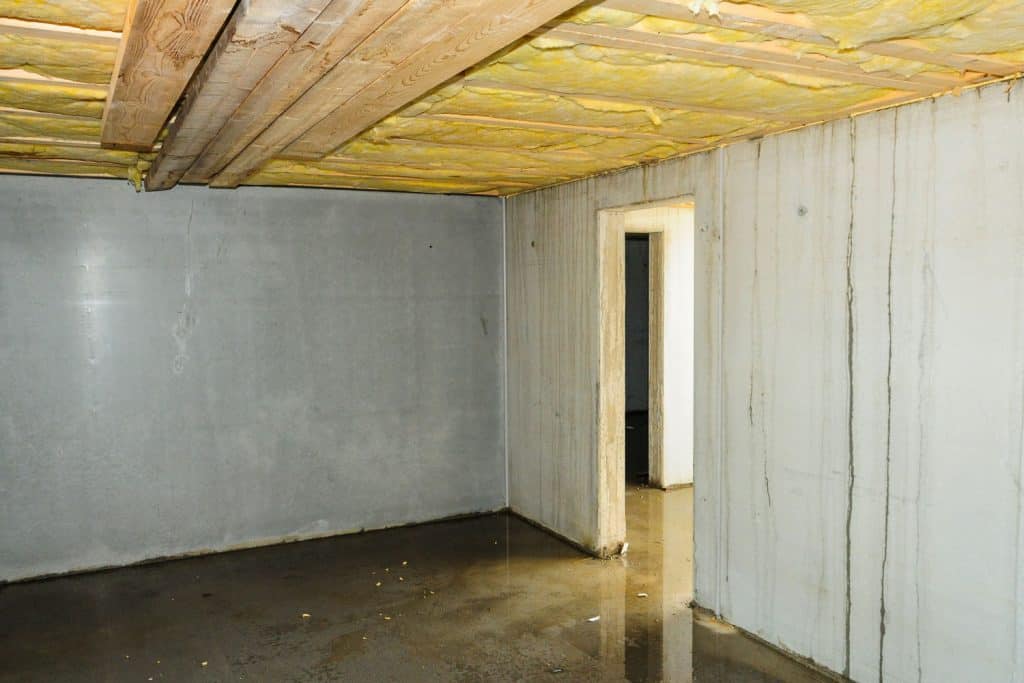The worst nightmare of any homeowner is a flooded basement. what to do if your basement is flooded? A flood in your basement necessitates the repair of water damage, the replacement of personal goods, and the removal of any mould that may have developed.
Finding mould in your home can be a scary and sometimes hazardous experience. As a result, it's critical to understand how to appropriately deal with a mould spread. You must be thinking what to do if your basement is flooded? Following are some suggestions for dealing with mould in the aftermath of a basement flood.


Switch off the power : Basement flood prevention systems
You must switch off the power in your home if your basement has flooded and there is still standing water. Because water is a good conductor of electricity, you could be shocked or electrocuted while attempting to repair your basement. Turning off the power assures that no electricity is flowing through any of your devices.Remove the water from the basement by pumping it out
To remove the standing water in your basement, use your sump pump or a battery-powered water pump. It's critical to get rid of as much water as possible so you may safely navigate the basement. Water can also be removed with the use of a wet/dry vac.
How to stop basement flooding
Mold grows in moist conditions, so drying out your basement as soon as possible is vital. To keep mould at bay, you should take action within 24 to 48 hours of discovering the problem. What to Do if Your Basement is Flooded To get air flowing through the space, open all the doors and windows and use fans and dehumidifiers. To drain moisture from the carpet, keep your fans close to the floor. Dry and clean up any salvageable items. Be careful with any appliances stored in your basement (such as a washing machine and dryer) and make sure they’re dried completely before using again. Dry out wet carpet as well to prevent damage to your subfloor or foundation. Any wet material that sits in your walls and floor can cause serious mold growth later on.All wet items should be removed
What to Do if Your Basement is Flooded It may be discouraging, but it is critical to move all wet and damaged goods out of your basement and into a dry spot. To completely clean the basement, you'll need enough space. To disinfect damp things and surfaces, clean them with detergent and water. To avoid mould formation, porous items that cannot be cleaned and dried, such as carpet, leather, or upholstery, should be removed as soon as possible. Allergies can be triggered by even the tiniest quantity of mould.Floors and walls should be cleaned
The most critical step is to clear any filth or dampness from the basement walls and floors. Clean them with warm soapy water, making sure to scrape the surfaces thoroughly to eliminate all dirt and grime. If your carpet becomes wet, you should take it and dry it separately by relocating it to a different location. You'll also want to pull up the cushioning, which can hold a lot of water.



